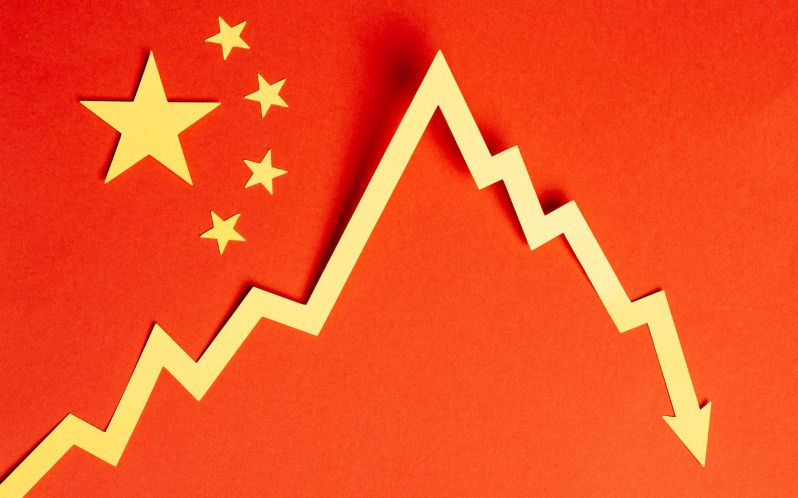Have we passed Peak China?
March 25, 2024
Saul Eslake, the renowned and independent economist, has updated his China chart pack which was last prepared in January 2023. The chart pack gives a birds eye view of the economic challenges China needs to address. By using the term Peak China, he does not mean that China will collapse, but that its future economic growth will be much slower than in the past.
Introduction by Percy Allan
Sauls chart pack gives a birds eye view of the economic challenges China needs to address. By Peak China he does not mean that China will collapse, but that its future economic growth will be much slower than in the past.
Like Japan prior to 1990, China relied too heavily on a debt driven property and infrastructure boom which came to an end when the government in January 2021 instructed banks to stop lending to developers. It took Japan almost a quarter of a century to complete its deflationary debt deleveraging.
Compounding Chinas property crisis was the disruptive Covid-19 lockdowns (now ended), Western trade and investment sanctions and supply redirection, an ageing population and declining workforce, high household savings, and wide income and wealth disparity.
China is reluctant to adopt Western style fiscal and monetary stimulus because that would increase its total debt/GDP ratio which is already one of the highest in the world (especially corporate and local government debt). China is diversifying its exports to the Global South to help offset its falling share to the Global North. Also, its exports of automotive products (especially EVs) are soaring. But this wont be enough to keep growing its share of world trade.
Ironically for an avowed socialist country, China has a surprisingly high degree of income inequality (as measured by the Gini-coefficient) compared with other developing nations, though it has improved since 2010. Another contradiction is that China relies less on progressive taxes than most other developing countries. Finally, its social assistance spending as a share of GDP is one of the lowest in the world.
Given its housing and infrastructure glut, export manufacturing overcapacity and local government revenue shortfall, China needs to boost its household spending to offset these drags on its growth as well as keep lifting its living standards. The best way forward would be to increase social welfare spending so that families could reduce their high precautionary savings.
Also to rely more heavily on progressive income taxes to pay for this as well as redistribute income from the rich to the poor. And finally, to demand a higher rate of return on state owned enterprise assets so they could pay higher dividends to government to provide better social services.
China is trying to change public behaviour by focusing on communist and patriotic education, rather than applying orthodox socialist practice such as income and wealth redistribution using the tax and welfare systems. Only by improving its social safety net will it encourage its households to unlock their high savings and lift their consumption spending to make China less reliant for its progress on insolvent property developers and increasingly protectionist foreign markets.
The Chart Pack follows



























